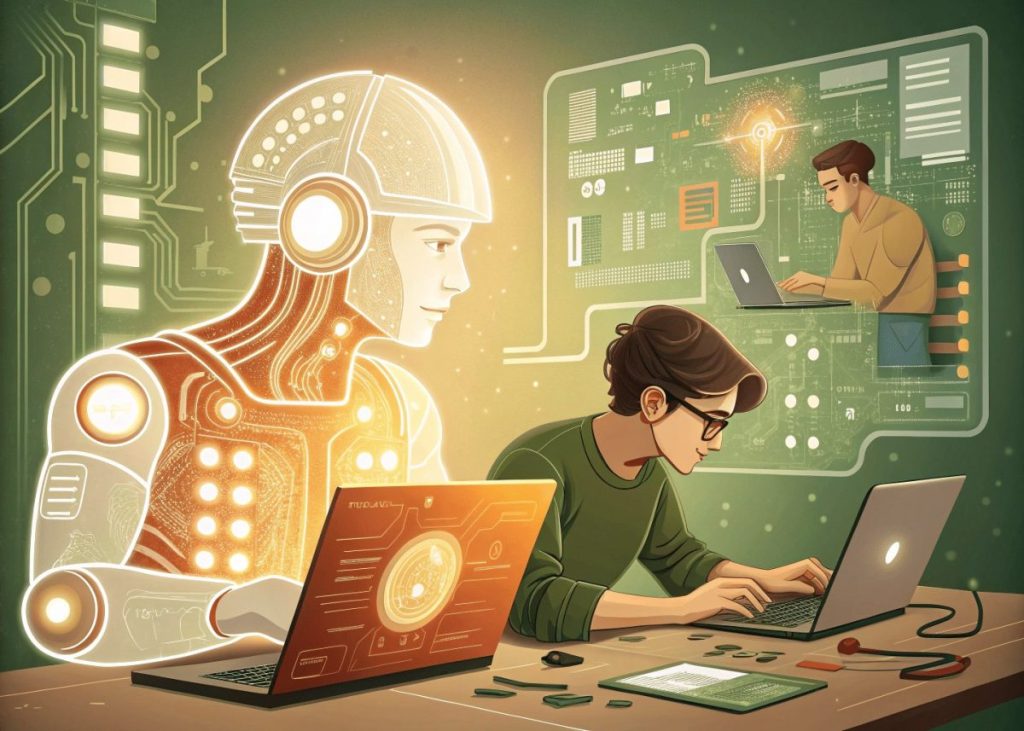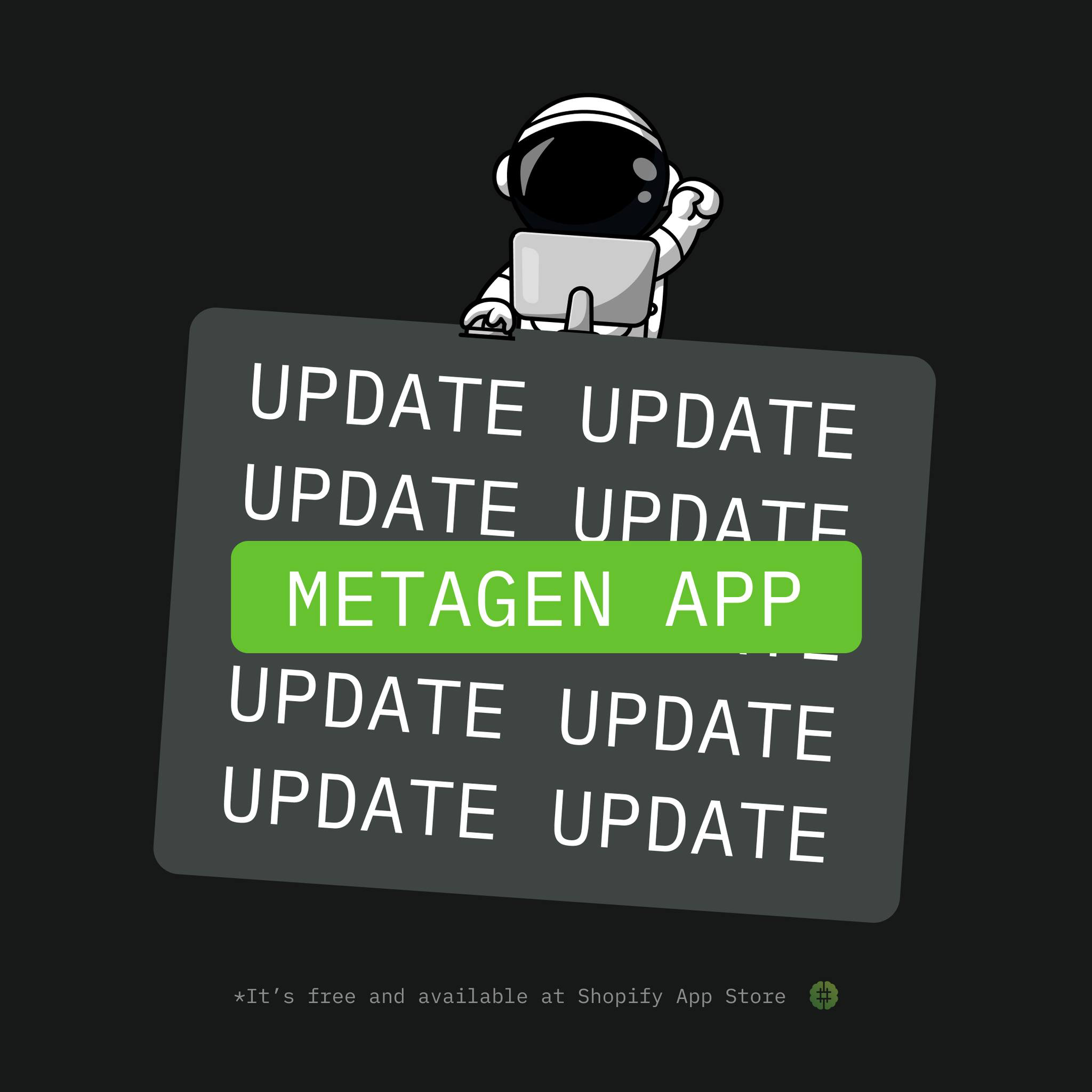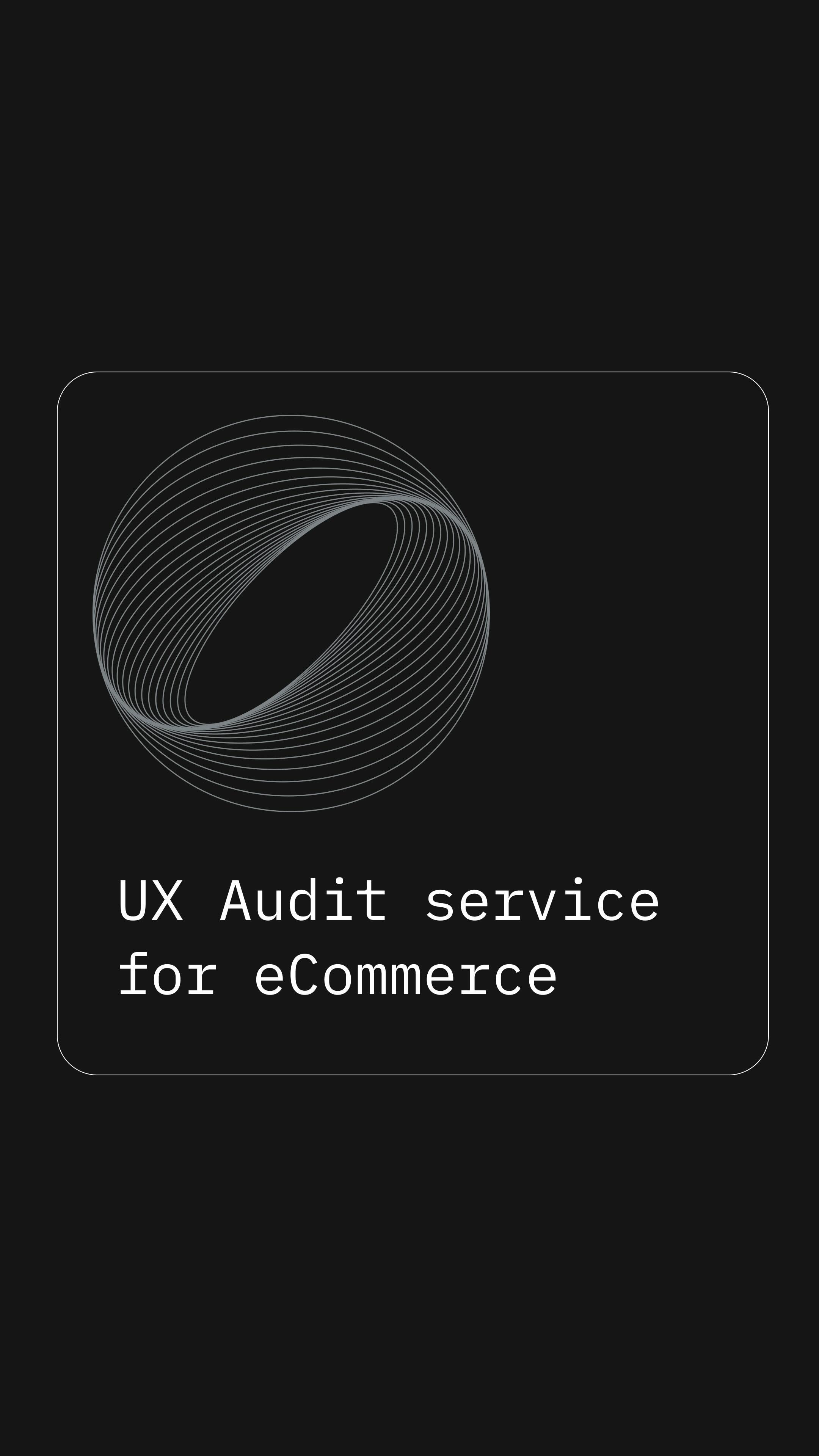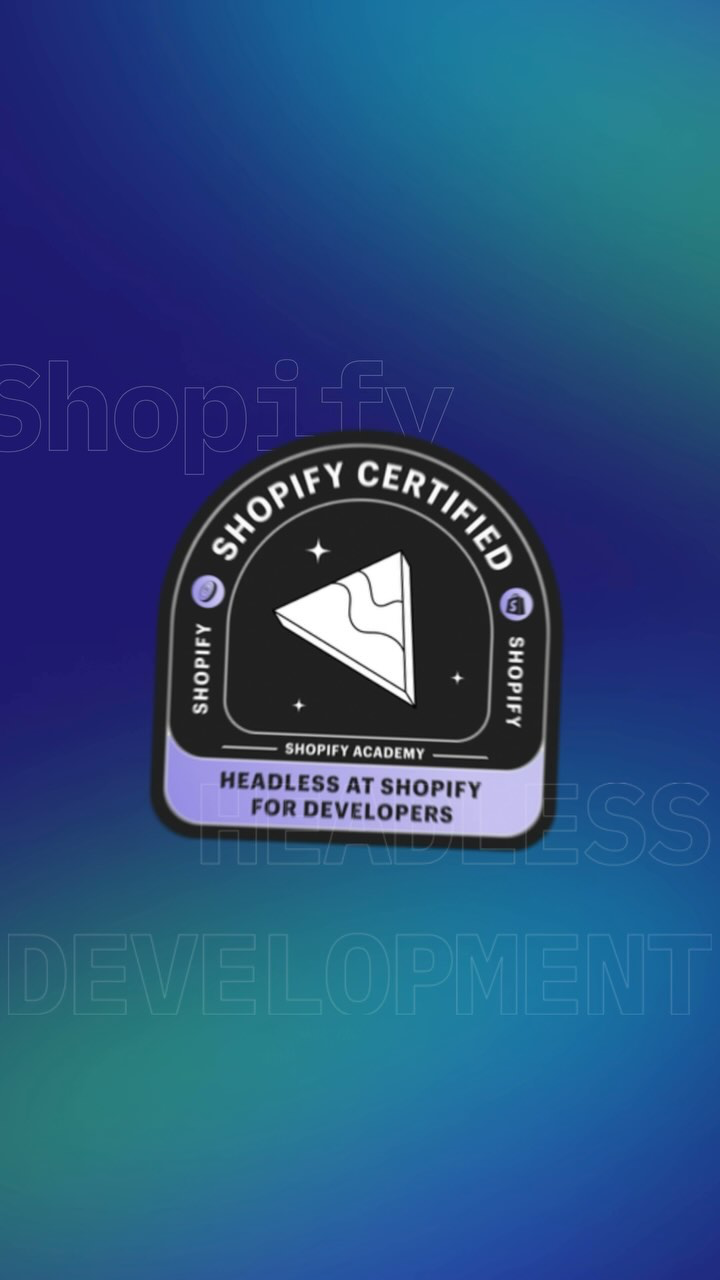


AI vs Developers — Will AI replace coders or empower them? Explore how vibe coding is redefining programming and AI-assisted development.
The rise of artificial intelligence has sparked one of the hottest debates in tech — AI vs Developers.
Will AI replace software engineers or empower them to reach new levels of creativity through vibe coding?
Some believe that coding jobs will vanish as machines learn to write flawless code. Others argue that AI is not a threat but a powerful ally, one that helps developers work faster and more creatively.
In this article, we’ll dive into the tension between AI and developers, explore how AI tools are transforming programming, and introduce the exciting concept of vibe coding — a new way to collaborate with AI in software development.
A Short History: From Compilers to AI Co-Pilots
To understand where we’re headed, it helps to look back.
- 1950s–1970s: Programming was manual and labor-intensive. Developers wrote code in assembly or early high-level languages, carefully crafting every instruction.
- 1980s–1990s: IDEs (Integrated Development Environments) and debugging tools began to simplify workflows. Autocomplete became a staple.
- 2000s: Open-source libraries and frameworks accelerated development. Instead of reinventing the wheel, programmers leaned on community-driven codebases.
- 2010s: Cloud computing and DevOps automation shifted the focus from manual deployments to streamlined pipelines.
- 2020s: The AI revolution. Tools like GitHub Copilot, ChatGPT, Tabnine, and Replit Ghostwriter are no longer just “helpers” — they’re collaborators, capable of writing full functions, generating tests, and even explaining complex code snippets.
Each leap in tooling didn’t kill programming — it changed it. Developers didn’t vanish when compilers automated assembly code, or when frameworks automated common patterns. Instead, they evolved. And AI is just the next step in that journey.
AI vs. Developers: Competition or Collaboration?
The fear that AI might “steal jobs” is understandable. AI-powered coding assistants can already:
- Generate code from natural language prompts.
- Suggest bug fixes and optimizations.
- Translate code between programming languages.
- Write documentation automatically.
That sounds threatening, right? But here’s the catch: coding isn’t just typing. It’s about solving problems, designing systems, and aligning software with business goals.
What AI struggles with today:
- Contextual understanding: AI doesn’t know why a feature exists or how it fits into a business strategy.
- Architectural decisions: Designing scalable, secure, and maintainable systems requires deep human judgment.
- Ethics & responsibility: AI doesn’t carry accountability for errors, biases, or security vulnerabilities.
- Creativity: While AI can remix patterns, it doesn’t originate bold new ideas.
Developers are not being replaced — they’re being elevated. The role of the coder is shifting from code generator to code orchestrator.
AI as a Productivity Booster for Programmers
Rather than a threat, AI should be seen as a force multiplier. Studies back this up:
- According to GitHub’s 2023 research, 92% of developers using AI coding tools said they felt more productive.
- A Stack Overflow Developer Survey found that developers using AI assistants saved an average of 30% of their coding time.
- Replit Ghostwriter reported that its tool cut prototyping time by up to 50% for MVPs.
How AI improves development:
- 🔹 Faster prototyping: An idea that once took a week to prototype now takes hours.
- 🔹 Error reduction: AI catches syntax issues and suggests fixes in real time.
- 🔹 Learning aid: Beginners can ask AI to explain snippets line by line.
- 🔹 Documentation: Auto-generated comments and API docs reduce tedious manual work.
- 🔹 Code reviews: AI can highlight potential performance or security issues.
Instead of replacing developers, AI helps them do more with less — freeing up time for design, creativity, and problem-solving.
This aligns with our HKDevotion digital solutions approach, where technology enhances productivity rather than threatens it.
Real-World Examples of AI in Development
Let’s look at how companies and developers are already using AI tools:
- GitHub Copilot: Used by over 1 million developers, Copilot has become a second pair of hands, writing boilerplate code and suggesting solutions.
- ChatGPT for coding: Developers use it not just to generate snippets, but to brainstorm approaches, debug issues, and create test cases.
- Tabnine: Focuses on privacy-first AI coding, helping enterprises keep code secure while boosting developer productivity.
- Replit Ghostwriter: Popular with startups and indie developers, it allows small teams to prototype entire apps with minimal overhead.
This is especially relevant for startups, where HKDevotion’s tailored AI solutions help businesses move from idea to execution faster.
In each case, AI doesn’t replace the human — it augments them.
Vibe Coding: A New Way to Write Software
Perhaps the most exciting development is the rise of vibe coding.
So what is vibe coding? It’s coding in a flow state, where human creativity and AI collaboration merge seamlessly. Instead of writing every line manually, developers “jam” with AI tools, describing concepts in natural language, iterating on ideas, and refining code in real time.
Characteristics of vibe coding:
- 🎶 Collaborative: Like a jazz improv session, where the developer sets the theme and AI riffs on it.
- ⚡ Fast-paced: Perfect for hackathons, MVPs, or rapid prototyping.
- 🌱 Exploratory: Encourages experimentation — developers can try wild ideas without worrying about wasted effort.
- 🤝 Conversational: The interface shifts from rigid syntax to natural dialogue with AI.
Vibe coding represents a cultural shift: programming becomes less about “fighting with syntax” and more about expressing ideas.
The Future of Developers in the Age of AI
The critical question isn’t “Will developers survive AI?” but rather “Which developers will thrive?”
Skills that will matter most:
- System thinking: Understanding architecture, not just syntax.
- Problem translation: Turning messy business needs into technical solutions.
- Prompt engineering: Knowing how to ask the right questions and guide AI effectively.
- Creativity & adaptability: Staying open to new workflows like vibe coding.
- Ethics & governance: Navigating bias, security, and accountability in AI-generated code.
In essence, tomorrow’s developers will be conductors of AI-assisted orchestras, not just solo performers.
Predictions: The Next 5–10 Years
Looking ahead, here’s where the industry is likely headed:
- Hybrid teams: Companies will blend human developers with AI coding assistants as the norm.
- New job titles: Expect roles like AI coding strategist, prompt architect, and AI ethics engineer.
- Lower entry barriers: More people will “code” without formal training, using natural language and vibe coding tools.
- Increased specialization: Human developers will focus more on system design, security, and business logic.
- Global democratization: AI will make coding more accessible worldwide, empowering startups and communities without large engineering teams.
AI is not here to eliminate programming — it’s here to transform it.
From Copilot to Ghostwriter, AI tools are boosting developer productivity, reducing errors, and opening the door to entirely new ways of working.
Most exciting of all is the rise of vibe coding, where developers and AI collaborate in a flow state, blending creativity with machine precision.
The future belongs not to those who fear AI, but to those who embrace it.
Developers who learn to code with AI — orchestrating, directing, and innovating — won’t just survive the AI revolution.
They’ll lead it.
👉 Learn how HKDevotion’s AI-driven services can help your business thrive in this new era.
More In LinkedIn
Ready to start project or need more information?
You can contact us on the contact form on this website or contact us through the email at contact@hkdevotion. com. We can also be contacted on Tel: +351 916 651 396.
Our office is located in the most beautiful location in Europe: Rua da Alegria, n.o 31, 1.o F, 9000 040 Funchal, Madeira, Portugal and you are always welcome to visit us personally.
Follow us on social media platforms to get the recent updates on the projects we are implementing. Remember to subscribe to our newsletter to get the latest news on our services.









